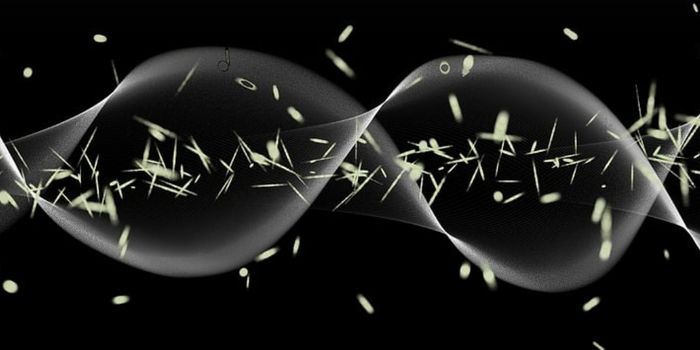How Inflammation Can Drive Pain & Sensitivity
It's important for the body to detect what we touch, or feel the cold or heat of the environment. Scientists have now found that inflammation can alter these important signals, and boost pain sensations. The findings have been reported in Nature.
In this study, the researchers used a mouse model to investigate neurons in the skin that identify the site, intensity, and emotional quality of touch; these cells are called somatosensory neurons. They used a variety of tools to study how sensations like heat and touch are transmitted to the brain, by activating different cells in mice.
"To develop better treatments for pain, it's critical that we deepen our understanding of the biology behind how sensory signals are received, transmitted, and ultimately perceived by the brain," said senior study author Alex Chesler, Ph.D., senior investigator at the National Institutes of Health (NIH). "Over the past few years, we developed a platform for watching sensation in action, revealing new details about the cells and molecules required and in this study, how inflammation triggers pain."
The type of stimulation that was delivered triggered the action of different types of cells. Stimuli that were gentle or soothing activated one type of cell while damaging or harmful stimuli activated another.
But when the stimulation was more intense, the roles of different neurons began to overlap, transmitting heat and pressure sensations. This can explain how cells can tell the difference between innocuous and noxious stimuli.
To learn more about the link between pain and inflammation, the researchers exposed mice to prostaglandin E2; the molecule was injected into the skin to trigger inflammation.
The investigators looked at the somatosensory neurons as inflammation happened, and found that some neurons that transmit pain signals, cells known as nociceptors, remained active for a long time. The cells were overly sensitive to heat as well.
"This explains how inflammation drives ongoing pain and why heat becomes more painful," said co-corresponding study author Nick Ryba, Ph.D., senior investigator at NIH. "However, what was unexpected was that touch detection remained unchanged."
When touch sensations become hypersensitive due to inflammation, tactile allodynia arises. Normal touch can become painful. The sustained nociceptor activity caused by inflammation spilled over into touch sensations, leading to touch hypersensitivity.
While these findings come from a mouse model, the researchers suggested that these mechanisms are likely very similar in humans. A better understanding of these processes could also help scientists develop better pain relievers.
"Our study shows how different types of pain may benefit from different types of treatments. In short, by identifying exactly which cells and molecules turn up the volume of different types of pain, we may be able to identify the switches that can turn the volume down," said Chesler.









